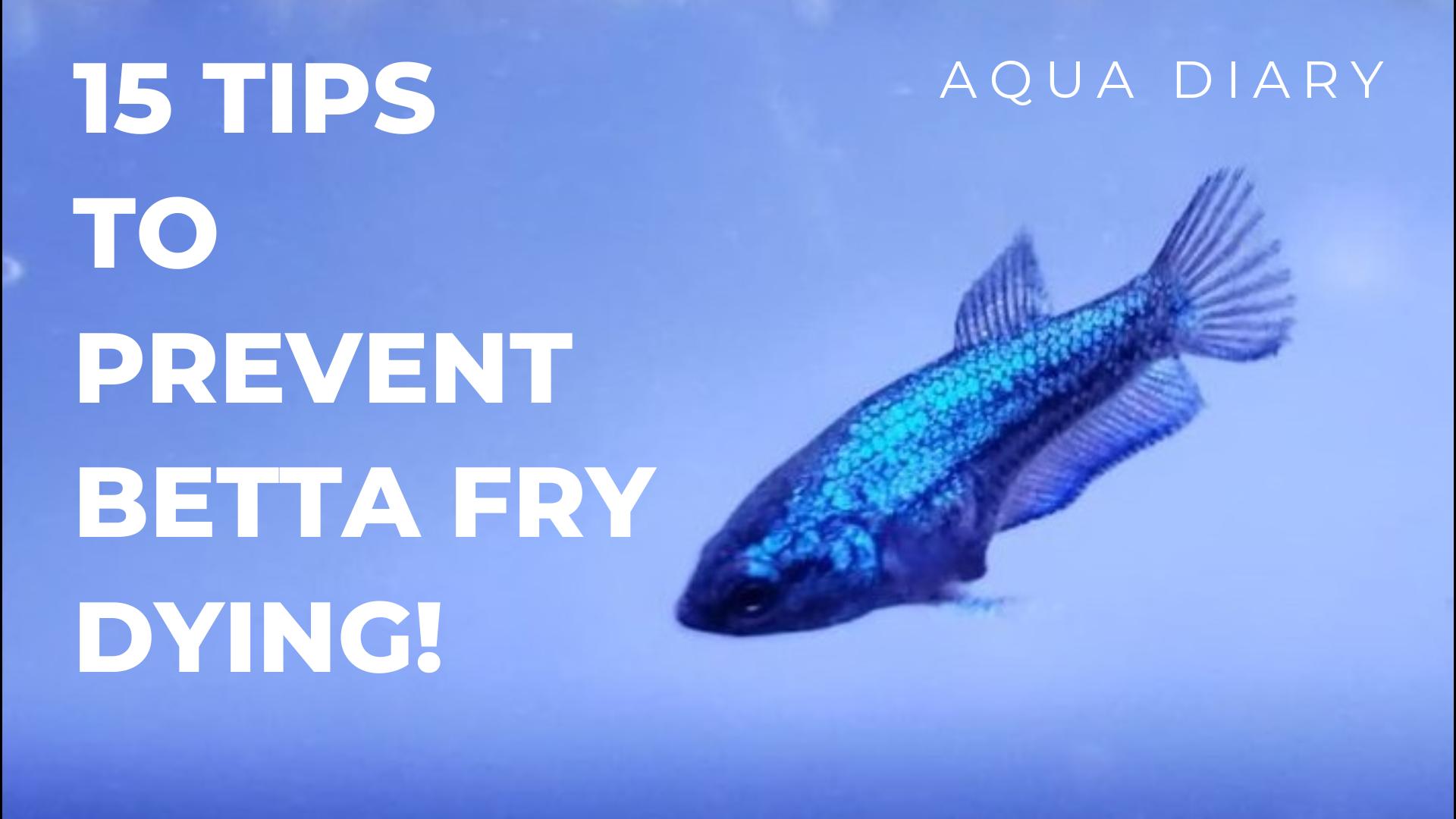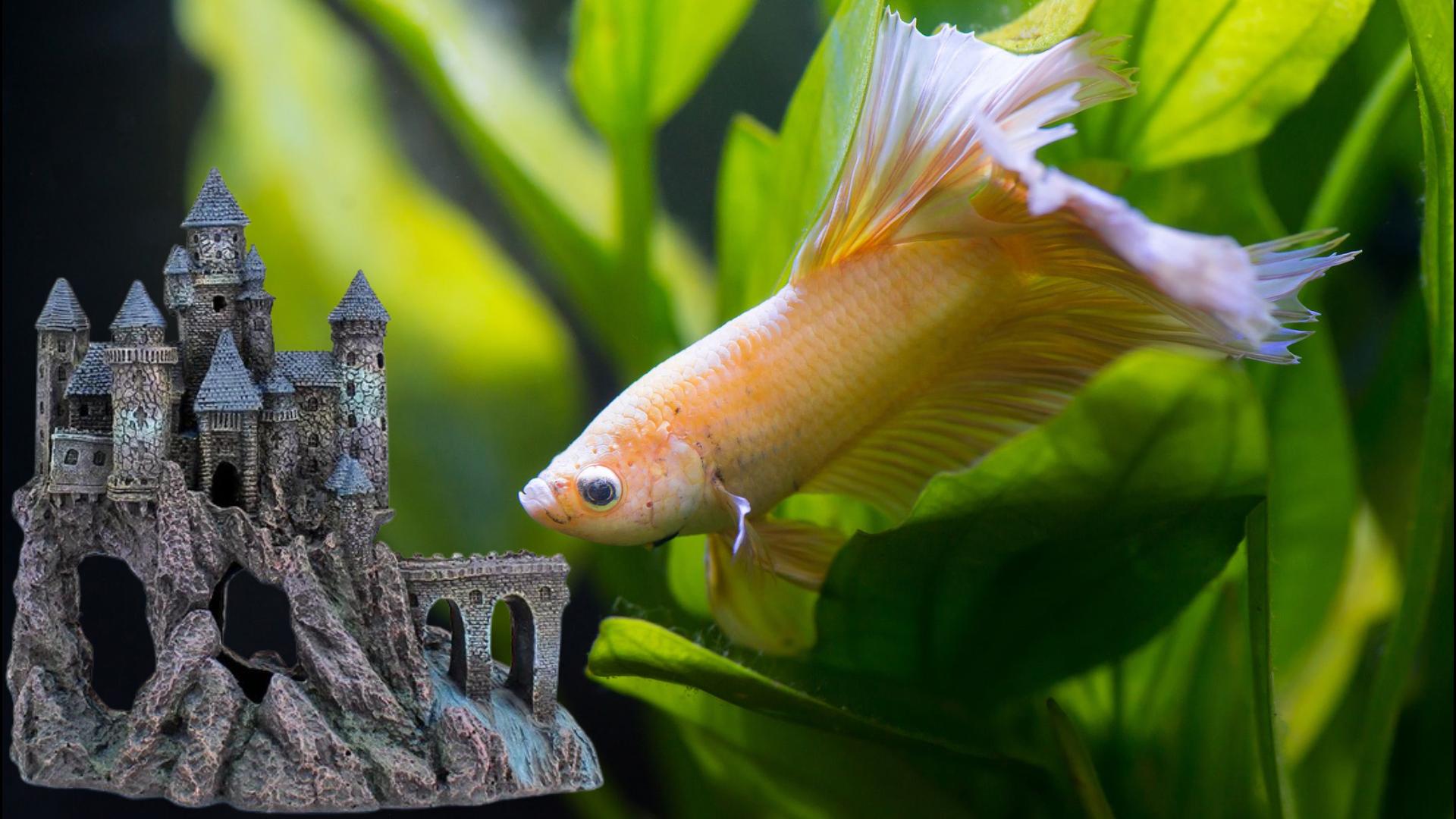I’m diving into a really interesting and maybe controversial topic: We’re talking about the truth behind some of the major Betta breeds, especially when it comes to their genetics and health issues. This video might reveal to you some interesting facts about famous betta breeds and their genetic issues. So, let’s get started.
Okay, so let’s start with the fancy Betta breeds. They might look amazing, but often fancy tails can comes with their own health issues.
These fish are often inbred to get those specific traits. For example, your standard blue or red veiltail is usually a lot harder than, a fancy-colored Halfmoon, or rosetail Betta. Why?
Well, people are not breeding Veiltails as intensely for new colors and tail types, so they don’t have as many genetic problems. But for special breeds like Doubletails, Rosetails, and Giants, they can have all sorts of internal and external issues.
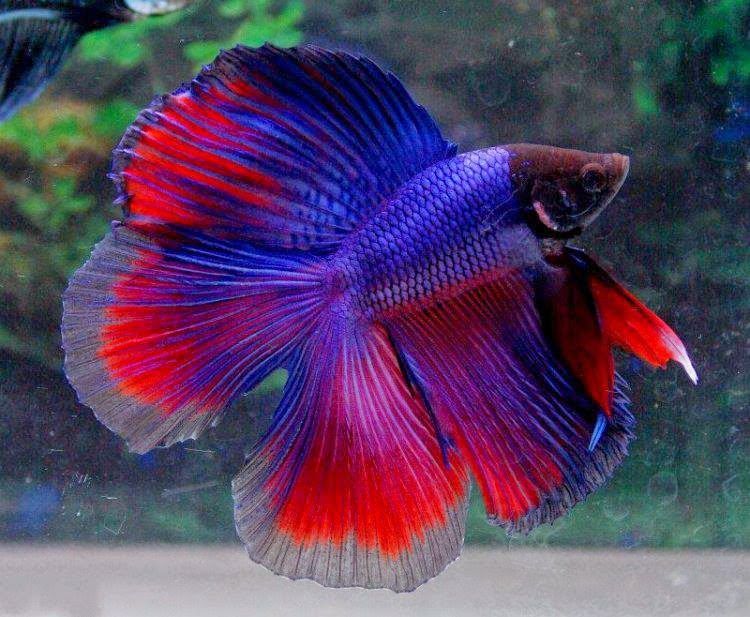
Now, here’s an important point: Betta lifespan isn’t just about genetics. It also depends on where the fish comes from and how it’s been treated. If you buy a Betta that’s been stuck in a tiny cup in bad conditions, it probably won’t live as long as a Betta that’s been properly cared for from the start.
So, how do you pick a healthy Betta?. Well, here are a few tips: look for one that’s active and curious about what’s going on around them. Their fins should be in good shape—no rot or damage—and their scales should be smooth and not look smudged or weird. Keep in mind that large fins can come with some risks, like fin biting, which can lead to fin rot. This isn’t as big a problem for Plakats because their fins are smaller, so they can’t bite them as easily.
One thing to watch out for: if you get an Elephant Ear Betta and it bites its pectoral fins, those fins grow back really slowly. Also, Kings and Doubletails tend to have problems with their swim-bladders and digestive systems, so you’ve gotta be careful about how you feed them.
Let’s talk about lifespan again. It’s hard to predict how long a Betta will live. On average, Bettas live about 2 to 3 years. Some reported that their betta did live up to 8 years. The longest betta lived with me is 4 years 8 months. Their genetics, immune system, water quality, and even how they were treated before you got them all play a role. Like,
I’ve had a rescued Betta live just one week after bringing it home, but I also had a Betta from a Walmart that’s still going strong after 2 years. It really depends on the fish and the conditions they’ve been in.
Okay, let’s break down some common health issues with specific Betta breeds:
Halfmoon are one of the well-known breed of betta fish. They are famous for their 180-degree tail shape and flowing fins. But due-to excessive inbreeding, their tails become heavier, which makes them suspectable of fin-rot and other diseases. Tail-baiting is another major problems with big-tail betta fish.
There are several reasons why they do that. As a beginner fish keeper, it’s hard keep them healthy and undamaged fins. More details about tail-baiting are already there is a full video on the channel. So check it out if you’d like to know more.
#1. Crowntail:
Crowntails are a great breed to have, but their spikey tails can make it hard for beginners to notice early signs of fin-rot or tail biting because their fins naturally look ragged. If you would like to know more about fin-rot and its treatment, we have a full video on the channel to check out.
#2. Dragonscale:
Dragon scale betta are well known for their metallic body and shiny appearance. They come in all betta types including halfmoon and plakat. As they age, thick scales can grow over their eyes and make them blind. So, that’s something to watch out for.
This pattern was created by crossing captive-bred Betta splendens with a wild Betta variety called Betta mahachai. Dragonscale fish became popular very quickly among breeders in Thailand and other Asian countries.
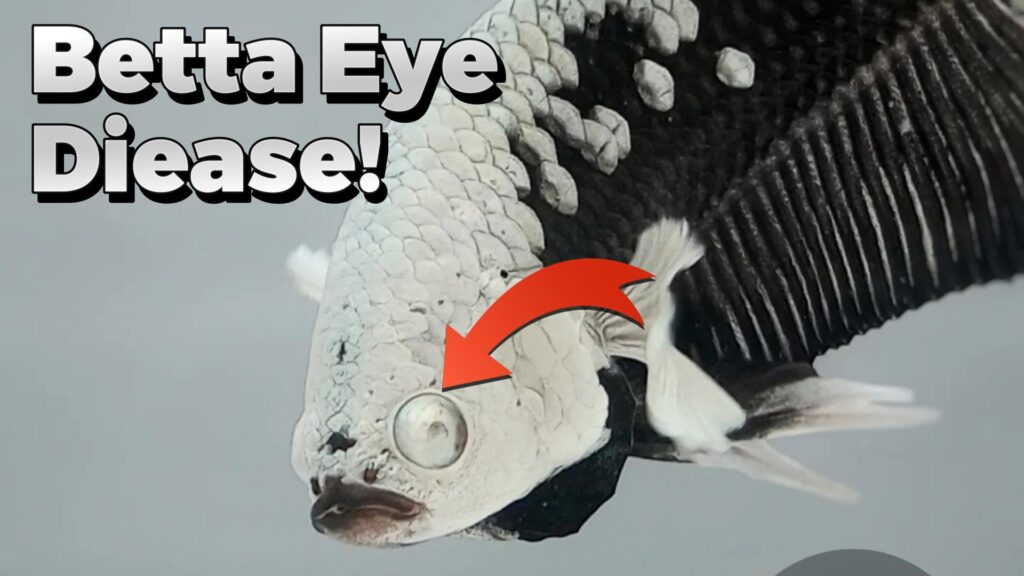
Dragon scale bettas are beautiful to look at. Their scales are often a metallic color, resembling a thick layer of ‘dragon scale armor’; these scales are usually lined with darker edges for even more depth and prominence. Although several dragon scales are copper metallic, many varieties of fin types and markings have been bred to express most color variations.
#3. Rosetail:
Rosetail are such a beautiful looking big-fin betta breed, but these guys are kind of a mess genetically. Their heavily branched fins collapse as they get older, leading to lethargy, fin rot, tail biting, and other problems that can shorten their lives. They also have weaker immune systems than other Betta types. Why rosetail betta fishes are bad choice for beginners?
Today’s blog is all about rosetail betta fishes, also known as the rose petal betta. These beautiful fish are one of the eye-catching varieties of betta fish, and they are truly a spectacle to see in a home aquarium.
However, we expose an ugly truth about the Rosetail Betta Fish in today’s blog including why it is not an ideal choice for beginners. Don’t skip and continue watching till the end.
How to Identify rosetail Betta fish?
The rosetail betta earns its name from the intricate beauty of its flowing tail fin, reminiscent of delicate rose petals drifting gracefully through the water. In some instances, they might be referred to as rose petal bettas or even feathertail bettas, particularly when their fin ruffles exhibit striking prominence.
Originating as a variation of the Halfmoon betta, which boasts a remarkable 180-degree fin spread upon flaring, rosetails have undergone further selective breeding to achieve exquisitely ruffled and extensively branched tail fins that surpass the elegance of their Halfmoon counterparts.
Consequently, these enchanting fish possess tails so luxuriant that they elegantly overlap the betta’s other fins, creating a truly mesmerizing aquatic spectacle.
How to care for rosetail Betta fish?
Rosetail bettas require special care due to their excessive and elaborate tails. These fish can become exhausted easily, leading to an increase in resting and potential injury if left to rest on sharp or jagged edges. They are also more susceptible to injury and infections.
Therefore, it is important to provide them with a suitable environment, including a spacious aquarium with smooth surfaces and plenty of hiding places.
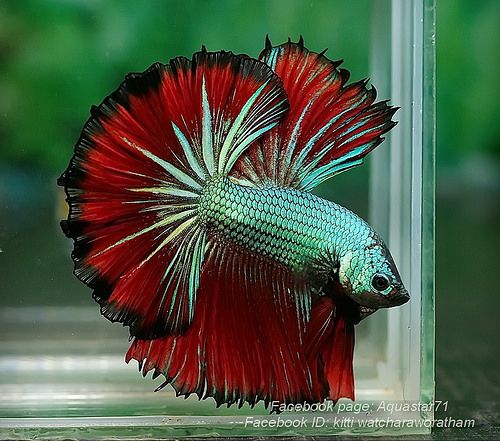
Why ro-setail betta fish is not good aquarium fish?
The controversy surrounding rosetail bettas primarily arises from their breeding for extravagant and delicate fins, which presents unique challenges for their care. Keeping rosetail bettas can be more demanding than other varieties due to the weight and size of their fins, making them prone to fatigue, injuries, and infections.
Their struggles with swimming and maneuvering in the tank can lead to extended resting periods, increasing the risk of injuries if they perch on sharp or jagged objects. Moreover, their ornate fins are vulnerable to damage, whether from aquarium decor or self-inflicted stress-related tail nipping, potentially resulting in bacterial or fungal infections. These infections pose a significant challenge to remedy and can impact the overall tank health, particularly in suboptimal water conditions.
Struggles with Ro-setail Betta fish.
Maintaining the well-being of rosetail bettas presents an additional hurdle: ensuring their unhindered access to both sustenance and oxygen at the tank’s surface. Given the fragility of their fins, these bettas may encounter difficulties in ascending to the water’s top for respiration, potentially resulting in heightened stress and a curtailed lifespan.
Likewise, their limited mobility may hinder their ability to reach their nourishment, thereby fostering hunger and underlying health concerns.
Overall, the rosetail betta is an attractive variety of betta fish that can add a touch of elegance to any home aquarium. However, they require special care and attention to maintain their health and well-being.
If you are considering keeping a rosetail betta, make sure to do your research and provide them with the care they need to thrive. Thank you for watching, and don’t forget to like and subscribe to more topics! I look forward to seeing you on the next topic.
#4. Doubletail:
I have noticed many doubletail breads have bullet heads or shorter bodies, purely a genetical disorder due to overbreeding. These Bettas also have swim bladder issues often due to deformed spines, which makes it hard for them to swim properly. Personally, i avoid breeding these betta strains as its not ethical to do as a responsible breeder.
#5. Elephant Ear:
With their big pectoral fins, they’re prone to tearing those fins, which leads to fin rot, fin biting, and less activity overall. I don’t its just me, i have always felt dumbo ears bettas are less active and lethargy compare to other betta breeds.
#6. Glo Betta:
Fluorescent betta fish, also known as Glofish betta, are genetically modified betta fish. This was achieved by extracting Green Fluorescent Protein from jellyfish and inserting it into zebrafish larvae. Over time, this technology was further developed to produce red, yellow, and orange fluorescent betta fish. Many countries, including Thailand, do not import or export Glo betta fish as they could harm the environment.
Globetta fish have a poor immune system and a short lifespan. Many pet keepers report that they get sick often and die within the first 6-12 months.
#7. Bullet Betta:
Also i like to touch up few genetically modified betta breeds in-depth. Let’s talks about Bullet Betta fish. But what is a bullet betta? Is this a healthy betta type? Can we breed them? Where can you buy one?
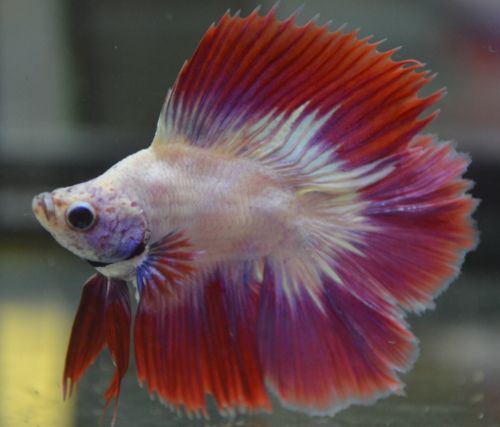
Bullet bettas are a rare mutation among betta fish that lack a dorsal fin and a distinctively short body. There are four different fin sections on betta fish, which are the caudal, ventral, dorsal, and anal fins. The appearance and shape of these fins determine the quality and health of the betta fish. A bullet betta fish mutation, on the other hand, might have no dorsal fins and a shorter body, giving it the appearance of a bullet without dorsal fins.
Betta fish are known for their flowing fins and beautiful tail shape. But bullet betta fish on the other hand have short fins resembling those of the plakat variety. But what truly makes them different from plakat fish is their dorsal fin and tail shape. The bullet betta has a continuous caudal fin that wraps around its body, giving it a unique appearance.
But the real truth about bullet betta fish is it’s unhealthy betta fish breed and can affect their lifespan. As the name suggests, bullet bettas have a bulky body shape reminiscent of a bullet. This leads to several health constraints including a shorter life span.
So, bullet betta fish is bad?
It’s basically the result of a genetic mutation that causes an abnormal body structure in the betta fish. It has a bulky body shaped like a bullet which is considered a deformity. Genetic mutations arise from crossbreeding betta fish for new forms and colors.
Beneficial mutations can be inherited, resulting in new betta varieties like betta splendens, half-moon bettas, and crowntail bettas. However, selective breeding can sometimes cause severe deformities, often attributed to inbreeding within fish lines. Deformities such as curved faces, twisted spines, or shortened bodies. It’s also a form of unhealthy and abnormal breeding caused by crossbreeding.

Now, a critical question is: Can you breed bullet betta? The answer is no! It is highly discouraged to breed from fish with physical disabilities.
The risk is too high that offspring will inherit faulty genes, potentially resulting in even more severe defects. Furthermore, many deformed or genetically abnormal fish are incapable of reproducing. Breeding these fish increases the possibility of producing a deformed fry that may lead to an unhealthy and shorter lifespan.
If you’re interested in purchasing bettas for your aquarium, it’s perfectly fine to have them as long as you provide proper care and maintain a stable tank environment. These betta fish make a wonderful addition to your aquarium.
What is bullet Betta fish.
The bullet betta is a fascinating fish with a genetic deformity inherited from its parents. While it can be a wonderful pet, it’s crucial not to breed from a bullet betta to prevent the passing on of genetic defects to future generations.
This blog is to give you awareness about bullet betta fish and avoid breeders trying to breed them without this background.
So, which breeds are good choices for a healthy Betta? In my experience, i recommend Plakats, non-exaggerated Halfmoons, Delta tails, and your regular old Veiltail. It is quite interesting that fancy plakat bettas do very well compared to bigtail breeds. They are faster, active, and less prone to diseases.



